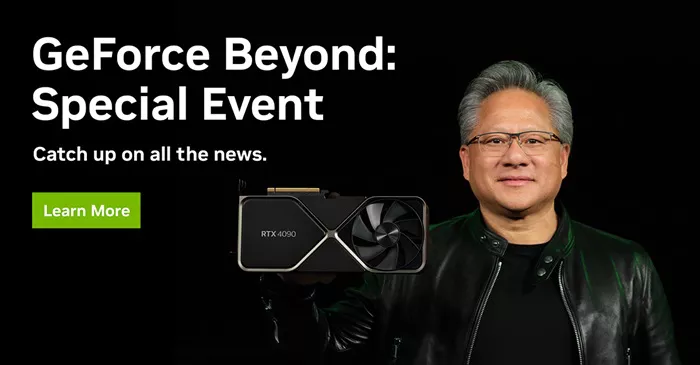SK Hynix Inc. (000660.KS) saw its shares dip by over 2% following an impressive earnings report for the December quarter, where its operating profit surged more than 20-fold to 8.08 trillion won ($5.6 billion). Despite this record result, the stock drop reflects investor concerns about stagnant smartphone demand and uncertainty around artificial intelligence (AI) spending in 2025.
Strong Earnings Amid AI Boom
SK Hynix, a key supplier of high-bandwidth memory (HBM) to Nvidia (NVDA) for its AI-powered accelerators, capitalized on the global data center boom and the ongoing AI arms race. The company’s surge in earnings, fueled by strong demand for HBM chips — a crucial component for training AI models — underscores its pivotal role in the burgeoning AI industry.
However, the impressive quarterly performance failed to quell concerns in the market. Despite the company reporting massive growth, with HBM sales expected to more than double this year, investors cashed out after the stock had rallied by 30% earlier in 2024. The hesitation in the stock price movement suggests that market participants are worried about whether AI investment will continue to surge at the same pace in the coming years.
The Role of AI and Datacenter Spending
SK Hynix’s growth highlights the significant datacenter spending by Big Tech, with recent announcements from major players such as SoftBank Group, OpenAI, Oracle, and Abu Dhabi-backed MGX launching a $100 billion venture to build and finance datacenters. The Stargate project, promoted by President Trump, has sparked optimism among investors about the future of AI and datacenter infrastructure. This, in turn, has boosted shares of companies like Nvidia and Arm Holdings (ARM).
Sanjeev Rana, an analyst at CLSA Securities Korea, predicts that SK Hynix will benefit significantly from the Stargate project, thanks to its leadership in HBM production quality and yields. SK Hynix is well ahead of its competitors, Samsung Electronics (005930.KS) and Micron Technology Inc. (MU), in the development and supply of HBM chips.
Competitive Landscape: SK Hynix vs. Samsung
As competition intensifies, SK Hynix is already looking ahead to its next major move: the release of cutting-edge 16-layer HBM4 chips in 2026. The company’s capital spending plans reflect this ambition, with slightly increased spending in 2024 and continued investments to maintain its lead over Samsung, which plans to mass-produce HBM4 chips by 2025.
Despite the intense competition from Samsung, SK Hynix is poised to benefit from the growing demand for high-end memory chips. The company’s HBM products accounted for 40% of its overall DRAM chip revenue in the December quarter. With the rise of AI servers and the increasing importance of inference technology, SK Hynix anticipates further growth in this segment.
Smartphone Demand Weakens, but AI Holds Promise
While demand for smartphones remains subdued, including weaker-than-expected sales of Apple’s (AAPL) iPhone, SK Hynix is optimistic that AI-powered devices and PCs will help offset this weakness in traditional memory markets. The company expects a pickup in the second half of 2024, driven by expanding AI capabilities in consumer devices.
At the Consumer Electronics Show (CES) in Las Vegas, SK Group Chairman Chey Tae-won emphasized the company’s accelerated pace of development to meet Nvidia’s growing demands for HBM. SK Hynix has already committed $15 billion in South Korea to meet rising demand for high-end chips, alongside a $3.9 billion investment in an advanced packaging plant and AI-focused research center in Indiana.
Conclusion
Despite record profits and a strategic position in the AI-driven datacenter market, SK Hynix’s stock price reflects investor caution amid ongoing uncertainty about AI spending in the coming years and stagnant demand for smartphones. The company’s investments in next-generation HBM chips and its deepening partnership with Nvidia signal strong potential for future growth. However, with competitors like Samsung ramping up their HBM production, SK Hynix will need to maintain its technological edge and keep up with the fast-evolving demands of the AI industry to sustain its market leadership.
Related topics:
USD/KRW Moves After Bank of Korea Surprises with Rate Hold Decision
Asian Central Banks Struggle to Defend Currencies Against Strong Dollar


